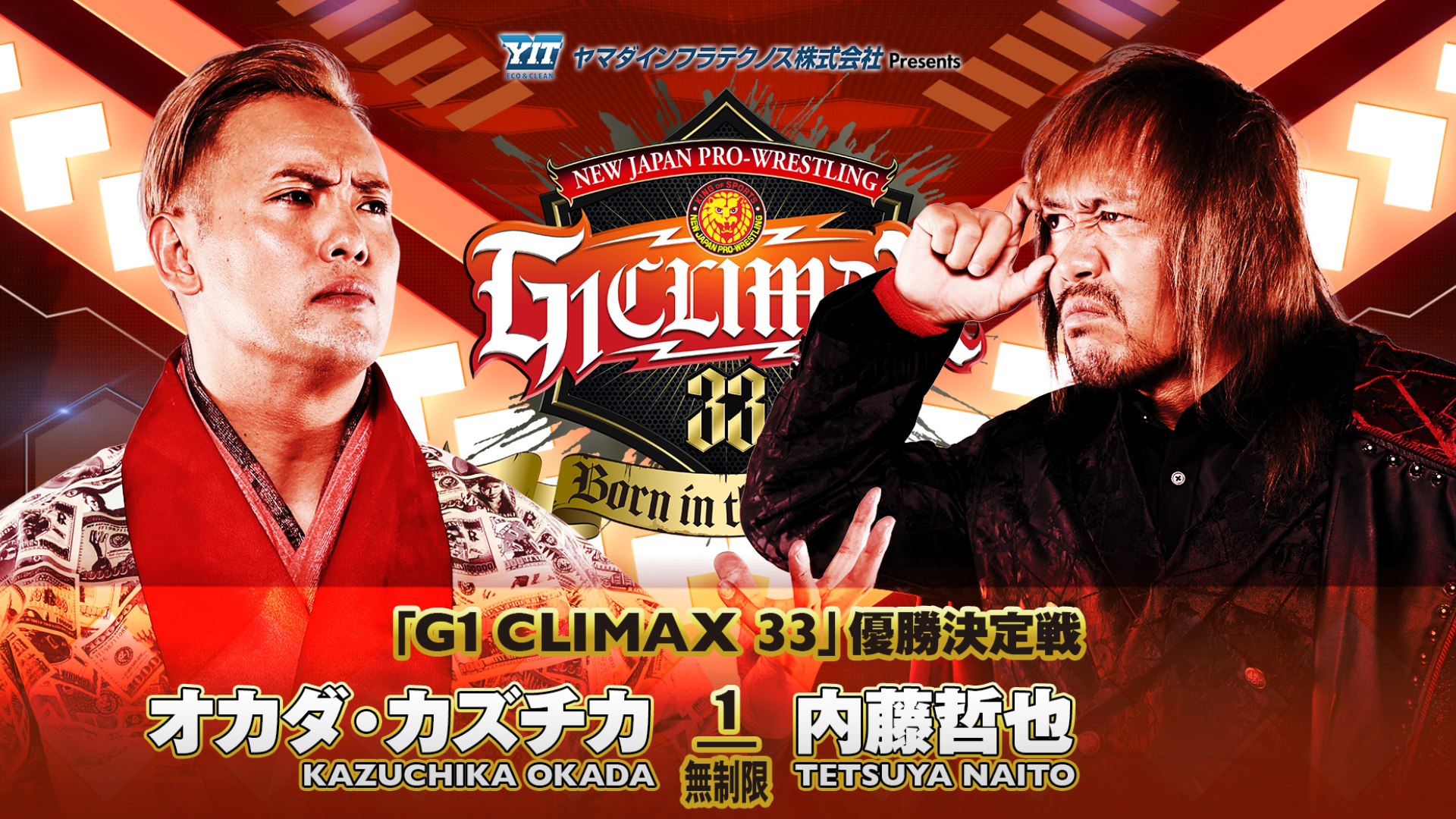What is the NJPW G1 Climax?

The G1 Climax is New Japan Pro-Wrestling’s premier annual tournament, renowned for its gruelling round‑robin format that tests the endurance of the world’s top professional wrestlers. First held in August 1991 at Tokyo’s Ryōgoku Kokugikan, it was christened by then-president Seiji Sakaguchi after Japan’s prestigious G1 horse race, establishing a lineage that endures today.
Spanning four weeks each summer, the tournament divides participants into blocks where each wrestler faces every other competitor in their pool, earning two points for a victory, one for a draw and none for a defeat. Since 2012, the winner secures a coveted challenge for the IWGP World Heavyweight Championship at Wrestle Kingdom, NJPW’s flagship January event.
What is the G1 Climax?
The G1 Climax takes place predominantly between late July and early August. Unlike standard single‑elimination tournaments, its round‑robin structure ensures that every match carries significant weight, with consistency and match quality often trumping one‑off victories.
Block winners meet in a climactic final, with the overall victor earning not only prestige but also a guaranteed title shot on January 4th, a date synonymous with Wrestle Kingdom at the Tokyo Dome.
G1 Climax History and Debut
Although NJPW ran earlier World Cup tournaments in 1989, the inaugural G1 Climax under its current name debuted on August 7–11, 1991, featuring two four‑man blocks and culminating in a final between Keiji Mutoh and Masahiro Chono.
Over the decades, its format evolved: the mid‑1990s saw single‑elimination editions, while the modern era has standardised the round‑robin system since 2000 to foster rivalries and long‑term narratives. Legendary performers such as Hiroshi Tanahashi, Kazuchika Okada and Kenny Omega have etched their names into G1 lore, with multiple tournament wins marking career milestones.
Current Format
Contemporary G1 Climax tournaments typically feature 20 wrestlers divided into two ten‑man blocks. Each contest adheres to a 30‑minute time limit, rewarding two points for a victory, one for a draw and zero for a loss or no contest. The rigorous schedule spans around four weeks, with wrestlers competing every few days across various Japanese cities, demanding peak physical conditioning.
Significance
Regarded as one of the most demanding tournaments in professional wrestling, the G1 Climax is both a proving ground for rising talent and a stage for established stars to reinforce their legacies. Its combination of athletic contest and long‑form booking has influenced promotions worldwide, inspiring similar round‑robin tournaments such as NJPW’s own BoSJ and AJPW’s Champion Carnival.
| Feature | Details |
|---|---|
| Inaugural Year | 1991 |
| Tournament Format | Round‑robin (two blocks), each wrestler faces all block opponents |
| Number of Participants | Typically 20 (divided into two ten‑man blocks) |
| Point System | Win = 2 points; Draw = 1 point; Loss/No contest = 0 points |
| Match Time Limit | 30 minutes per bout |
| Schedule | Four weeks each summer (primarily August), touring multiple Japanese cities |
| Winner’s Prize | Contract “briefcase” for IWGP World Heavyweight Championship challenge at Wrestle Kingdom |
| Notable Multi‑time Winners | Hiroshi Tanahashi, Kazuchika Okada, Kenny Omega |
| Significance | Regarded as “Strongest in the World” tournament; major career milestone and momentum builder |
